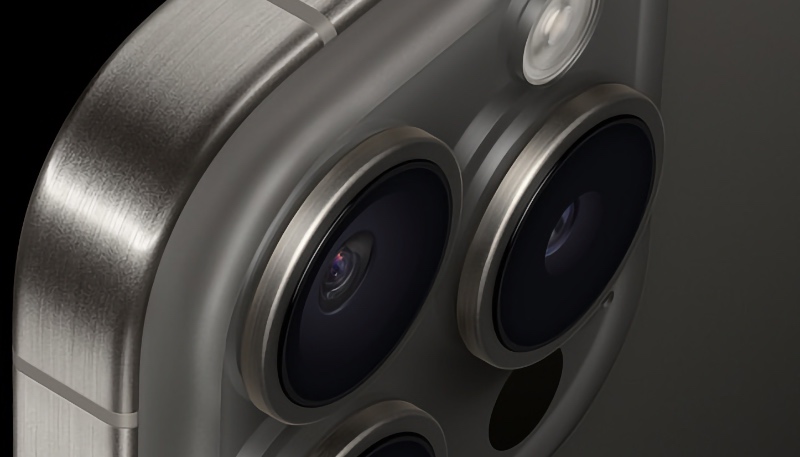A new rumor coming out of Korea claims Apple is testing a new ant-reflective optical coating for future iPhone cameras that could reduce artifacts like lens flare and ghosting.
News aggregator account “yeux1122” on the Naver blog, citing a company source within Apple’s supply chain, claims Apple is working to add new atomic layer deposition (ALD) equipment to the iPhone camera lens manufacturing process.
Atomic layer deposition (ALD) is a thin-film deposition technique based on the sequential use of a gas-phase chemical process, depositing materials one atomic layer at a time onto a substrate, allowing for extremely precise control over thickness and composition.
ALD can be used to apply anti-reflective coatings to camera lenses, helping to reduce photographic artifacts like streaks of light and halos when a bright light source such as the sun shines directly into the lens.
ALD can also help reduce ghosting, a type of image distortion where faint, secondary images appear in the photo, typically opposite a bright light source. This happens when light reflects back and forth between the surfaces of the lens elements and the camera sensor.
In addition, the process can protect against environmental damage to the camera lens system without affecting the sensor’s ability to capture light effectively.
“yeux1122” claims the ALD process will be used on a “Pro model” in Apple’s “next-generation” iPhone lineup, which sounds like a reference to the Pro models in the iPhone 16 series. However, considering the iPhone 16 lineup is in the later stages of development, the method may not be used until next year’s iPhone 17 Pro models.


